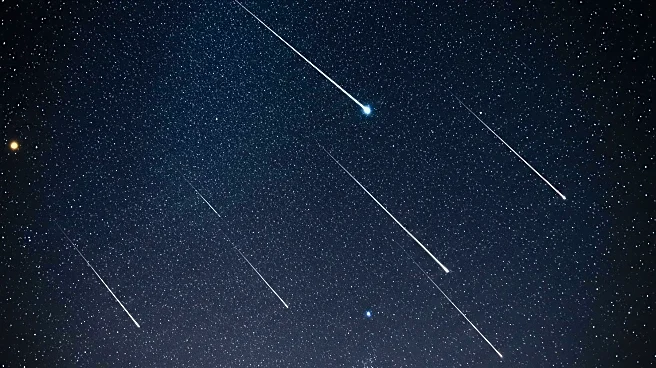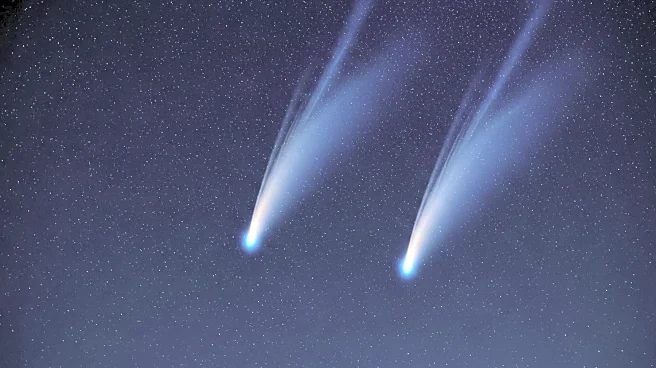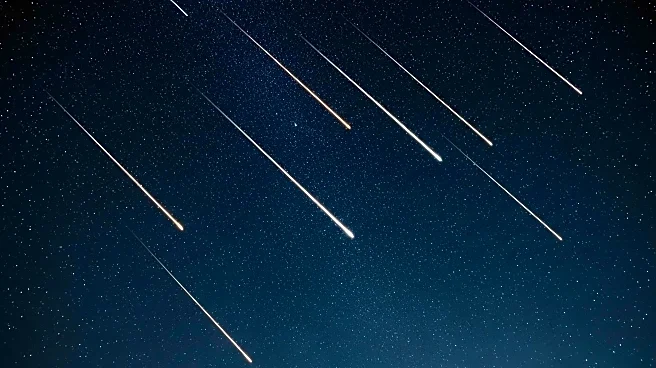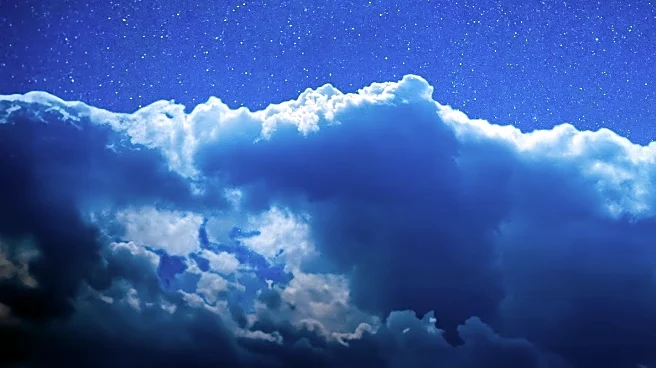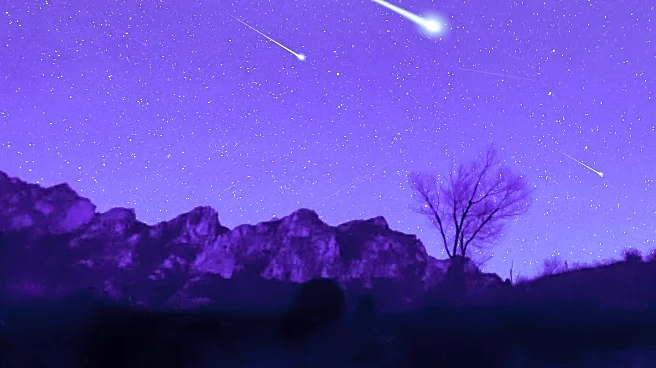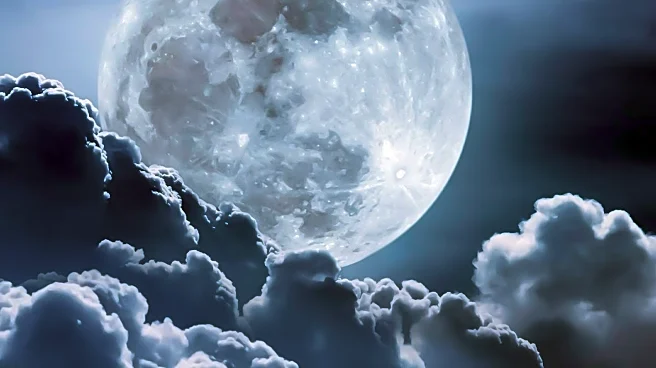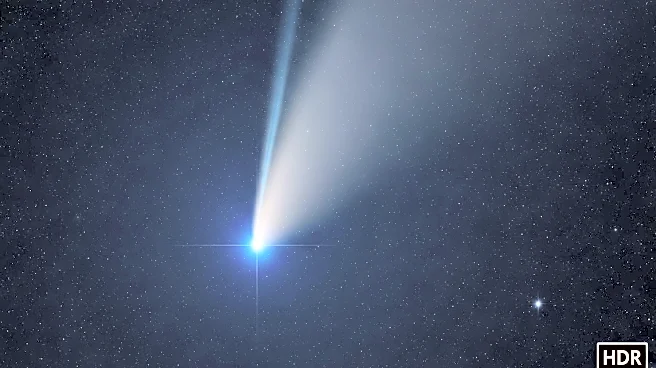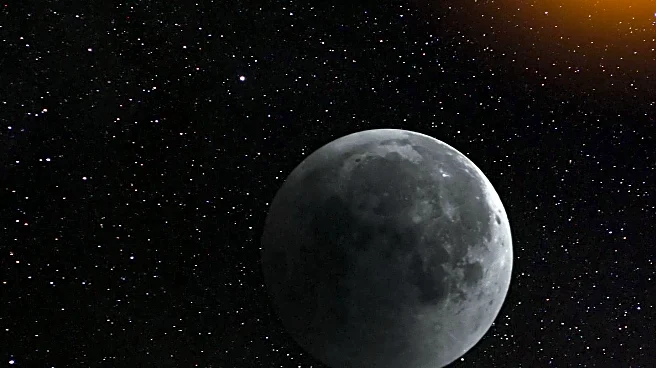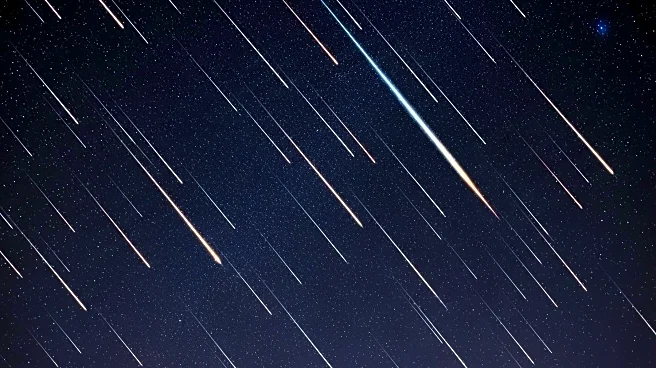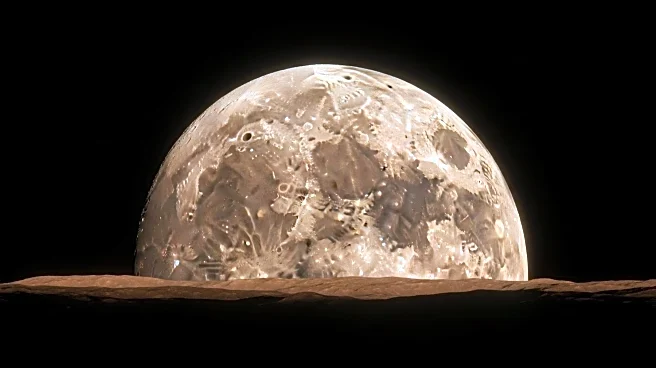What's Happening?
The Draconid meteor shower is set to peak over the next three nights, with the best viewing opportunity on October 4, 2025. Unlike most meteor showers, the Draconids are best observed in the early evening, making it accessible for those who prefer not to stay up late. The meteors appear to originate from the Draco constellation, which will be nearly overhead at 7 p.m. The full moon, however, may obscure some of the dimmer meteors. This annual event is a highlight for astronomy enthusiasts and offers a chance to witness slow-moving meteors, which are easier to distinguish from other celestial debris.
Why It's Important?
The Draconid meteor shower provides a unique opportunity for both amateur and professional astronomers to observe celestial phenomena without the need for late-night viewing. This accessibility can increase public interest in astronomy and encourage educational activities related to space science. The event also serves as a reminder of the dynamic nature of our solar system and the ongoing interactions between Earth and other celestial bodies. For those interested in astronomy, the Draconids offer a chance to engage with the night sky and deepen their understanding of meteor showers.
What's Next?
As the Draconid meteor shower continues, observers are encouraged to find locations with minimal light pollution for the best viewing experience. Astronomy clubs and educational institutions may organize viewing events to capitalize on public interest. Additionally, the ongoing study of meteor showers like the Draconids contributes to our understanding of cometary debris and its impact on Earth's atmosphere. Future observations and research could provide insights into the composition and behavior of meteors, enhancing our knowledge of space science.

